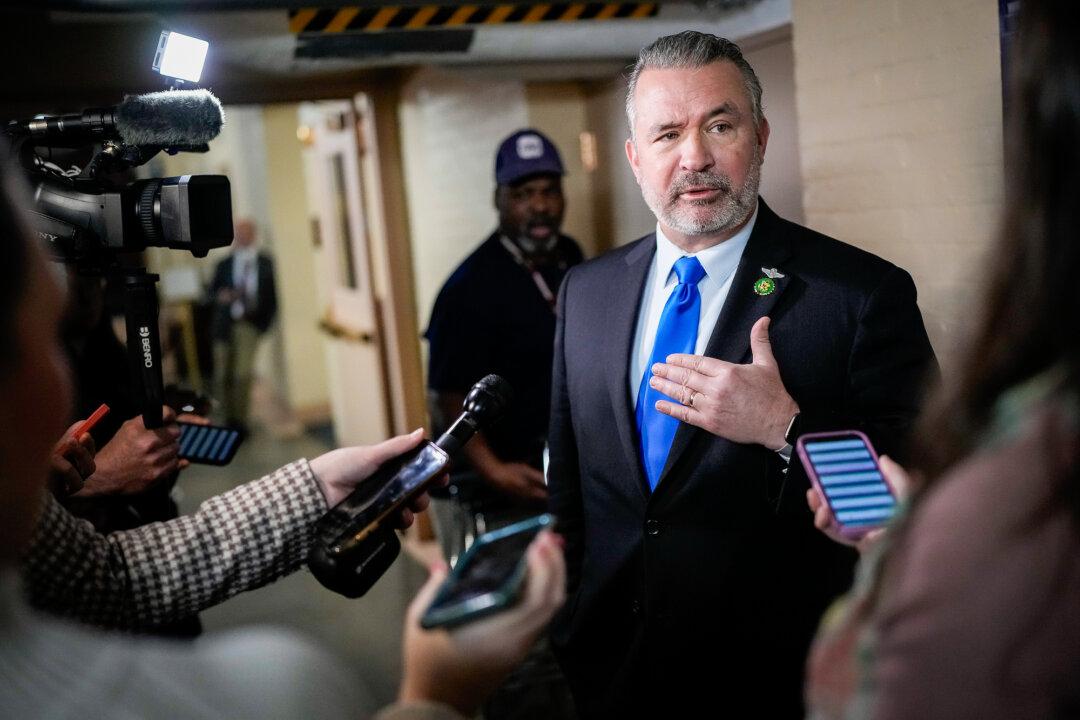It includes cutting the deficit by $1.5 trillion over a decade, increasing the debt ceiling by $4 trillion, and allowing $4.5 trillion worth of tax cuts.
Reconciliation allows Congress to pass bills related to taxation, spending, and the national debt.
These measures can pass by a simple majority and therefore are not subject to the 60-vote filibuster threshold, which applies to most legislation.
A budget resolution is required in both the House and Senate in order to unlock the reconciliation process.
The House Budget Committee blueprint includes instructions for most House committees to implement measures that would reduce the deficit over a decade.
Reconciliation measures cannot increase the deficit after that period of time.
The committees have until March 27 to report their recommendations to the House Budget Committee.
Only the Armed Services, Homeland Security, and Judiciary committees would put forth proposals that would increase spending by $300 billion as Republicans look to strengthen the military and the border.
The resolution is the subject of weeks of negotiation among House Republicans, many of whom have long demanded cuts to federal spending and insisted on keeping the bill deficit neutral.
The resolution’s text does not achieve deficit neutrality on its own; instead, it assumes that economic growth will increase and thus lead to more tax revenue that will bring the fiscal effect of the bill to zero.
It includes $200 billion in defense and border security spending, increases the debt ceiling by $4 trillion, and reduces the deficit by $286 billion over 10 years.
It is unclear whether the Senate will agree to the funding levels authorized in the House Budget Committee resolution.
Already, there are differences.
On Feb. 11, Senate Budget Committee Chairman Lindsey Graham (R-S.C.) indicated that he wished to authorize $150 billion in new spending on defense and $175 billion for border security.
The House resolution, by contrast, authorizes not more than $100 billion to the Committee on Armed Services (for defense) and not more than $90 billion to the Committee on Homeland Security, which oversees border security.
The House resolution also remains at odds with the Senate’s plan for two reconciliation bills.
House Speaker Mike Johnson (R-La.) has repeatedly said his conference can only pass one bill because of disagreements among members.
Graham and other senators, by contrast, have lobbied for a two-bill approach.








